We’re designed to move - we have moving parts, we work when we get power from food, and this movement of our body/parts of our body should happen very often. Unfortunately, though, we don’t move our bodies enough. We’re hunched over electronic devices for work and play - the smaller the device, the bigger the hunch. We binge-watch tv, thanks to on-demand providers like Netflix and YouTube. All of this inactivity is wreaking havoc on our ability to move fluidly. Think about it - when you stand up, how long does it take you to go from sitting to standing? Do you feel stiffness in certain joints as you get up? Those moving parts - aka your joints - are seizing up from lack of lubrication. When you’re stiff, you move more slowly. Until you can get your joints and muscles lubricated - by moving! - then, you can increase the speed of your movements. But when you don’t have a spring in your step, you look and act ‘old’. Why do we consider stiff and slow movements to be a sign of aging? Because older adults who are less active behave/move the same way. But you don’t have to be old to move in a slower, stiff way. You just have to be inactive - i.e., mostly sedentary. Kind of scary, don’t you think? Lack of physical movement is prematurely aging our society. So what’s the solution? Move more. It’s that simple.
And there’s a second level of ADLs: Instrumental activities of daily living (IADLs). They “are not necessary for fundamental functioning, but they let an individual live independently in a community.” Their mnemonic is SHAFT: Shopping, Housekeeping, Accounting, Food preparation/meds, Telephone/transportation. Sounds like more movement that allows independence. But I digress. Let’s return to the original list of ADLs. Can you put on a shirt unaided? Can you lift a fork to your mouth? Can you walk or even get in and out of bed? Can you sit down on the toilet and get up again unaided? Can your brush your own hair or teeth? All of these activities require motion, movement, physical activity. Call it what you will, I call it using your body to take care of yourself.
Tell your boss you’re taking a healthy “SMOKE” break for your body and your mind. And then get up from your desk and move. Go for a walk, stretch your arms up to the sky, twist and turn as you reenergize yourself head to toe. Not everything in our lives needs to be all or nothing. Just because you can’t make it to the gym doesn’t mean you can’t move. And even if you do go to the gym, you should still incorporate those snacks of movement/activity into your daily life. Be a perpetual motion machine and see how much better you feel. References:
1 Comment
|
Categories
All
Archives
July 2024
AuthorAmanda Sterczyk is an international author, Certified Personal Trainer (ACSM), an Exercise is Medicine Canada (EIMC) Fitness Professional, and a Certified Essentrics® Instructor. |
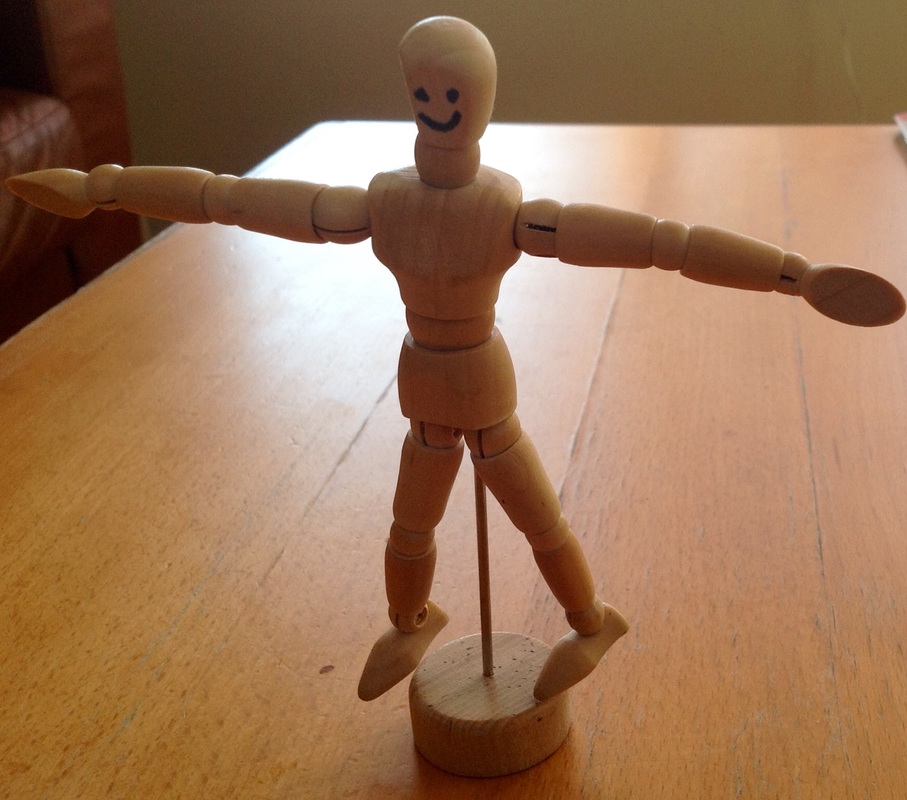
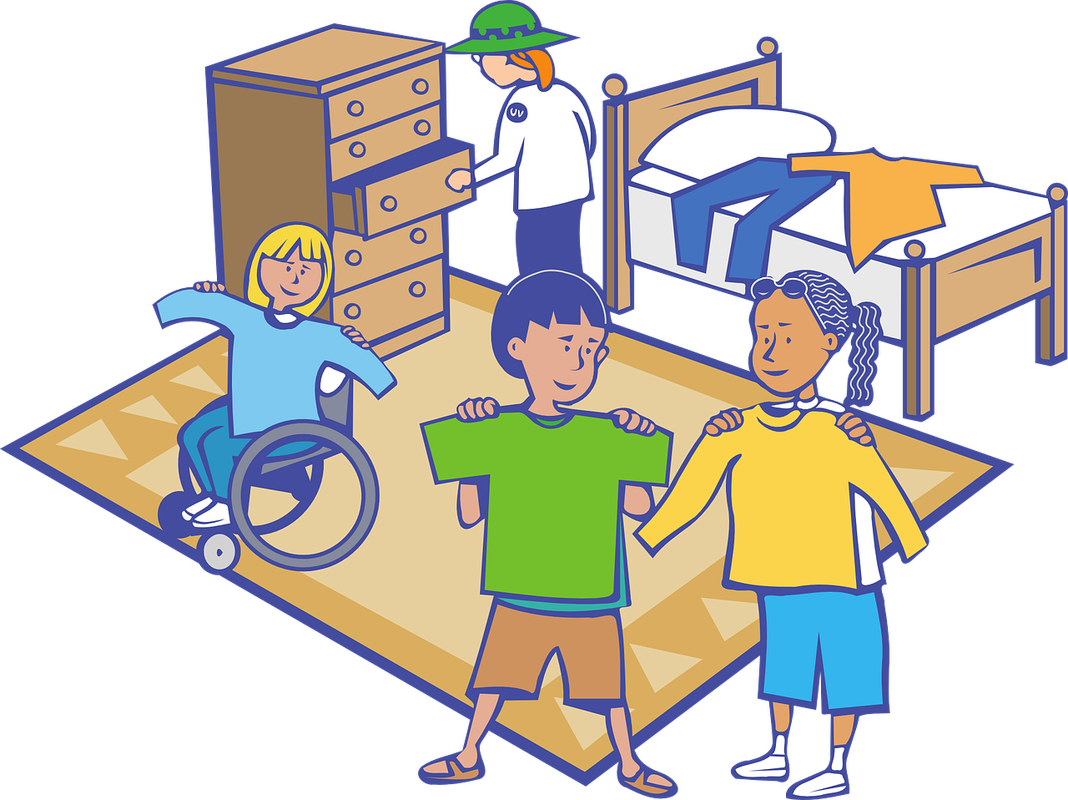
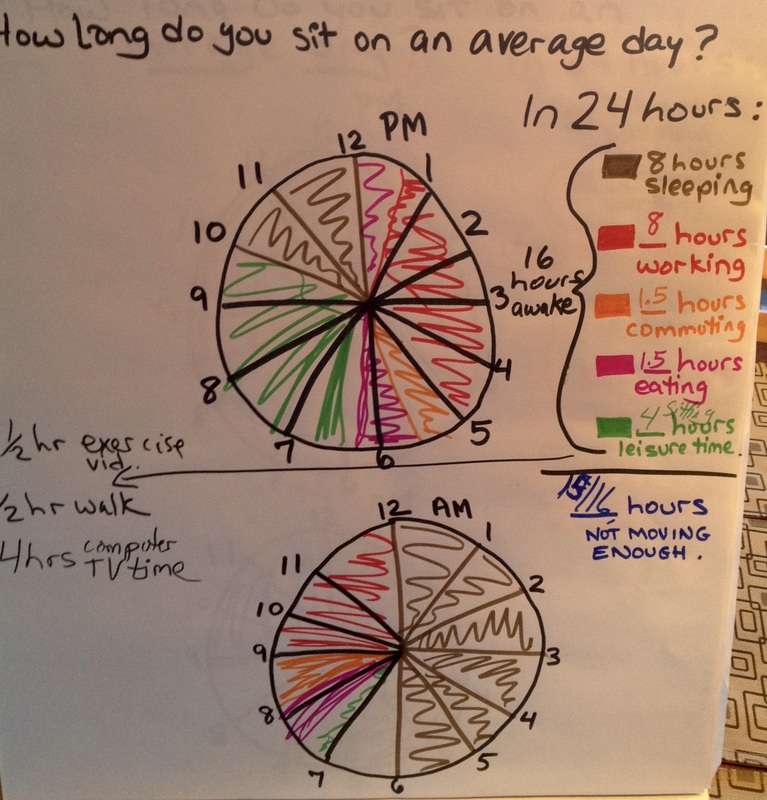
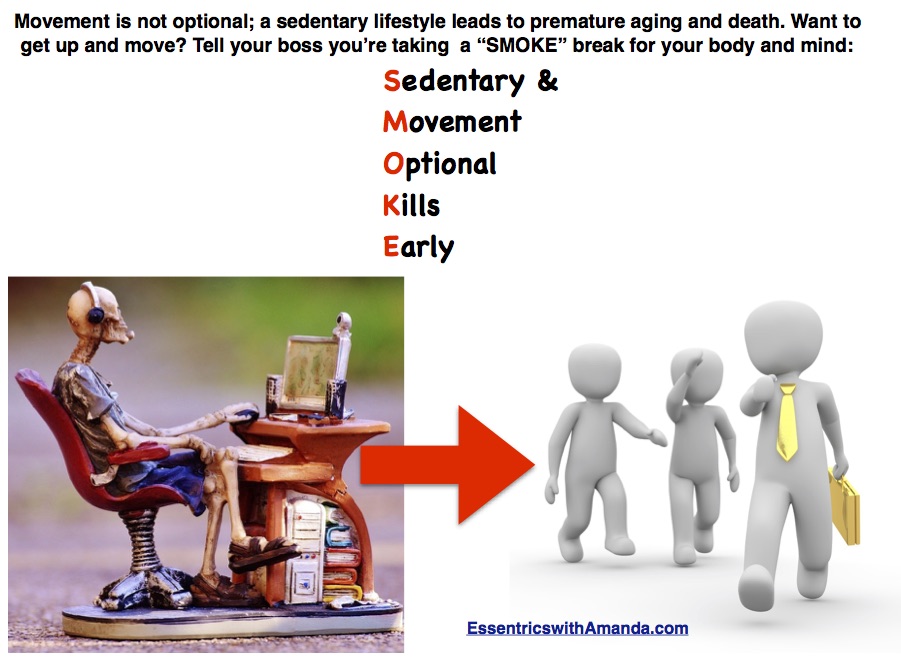
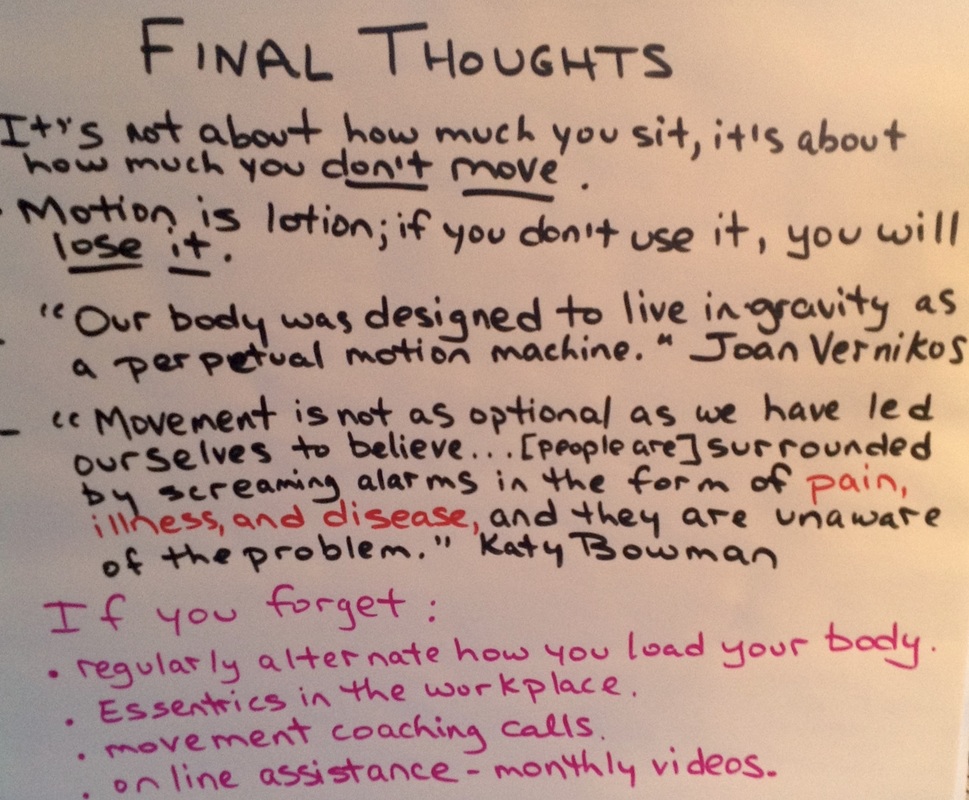
 RSS Feed
RSS Feed